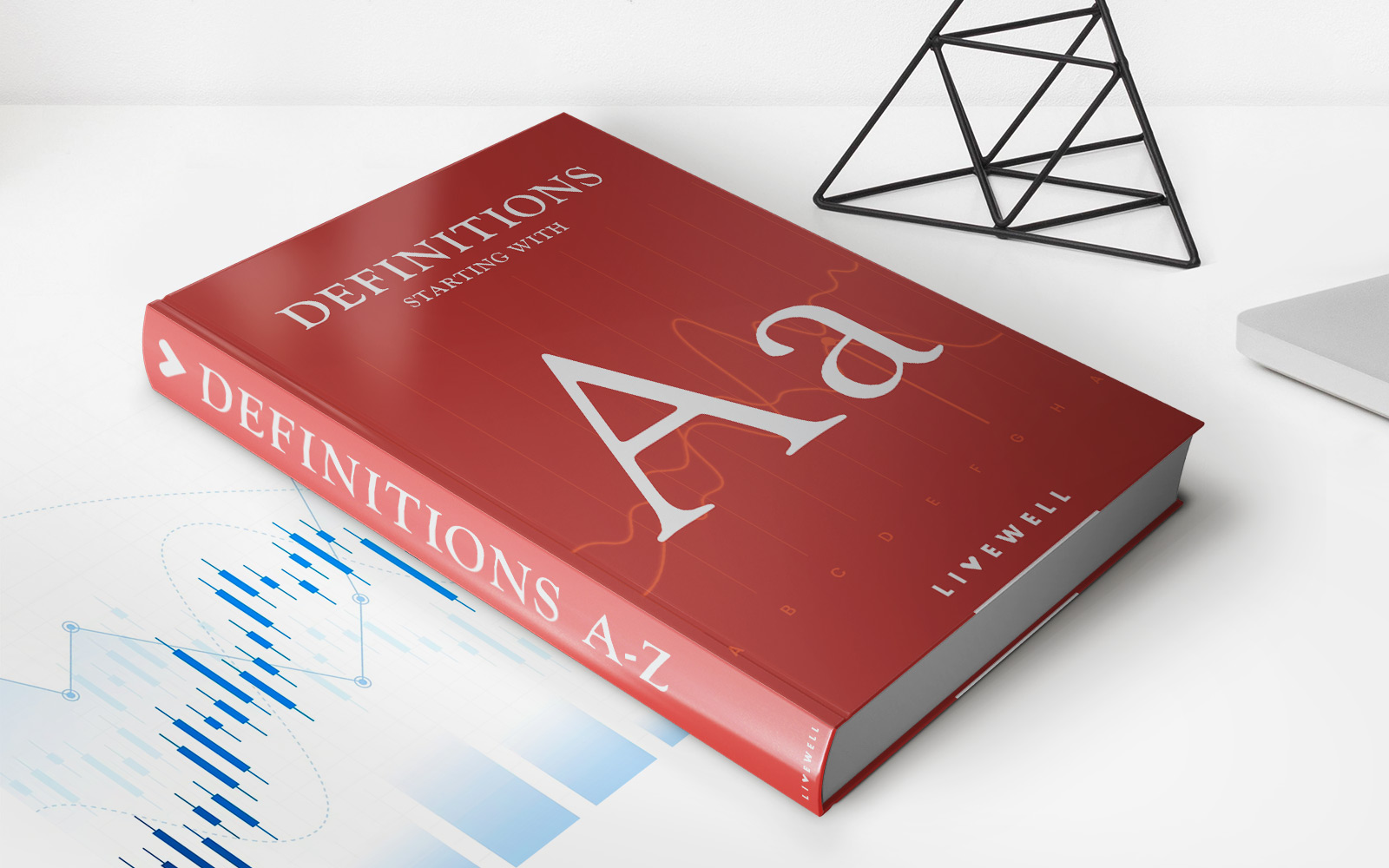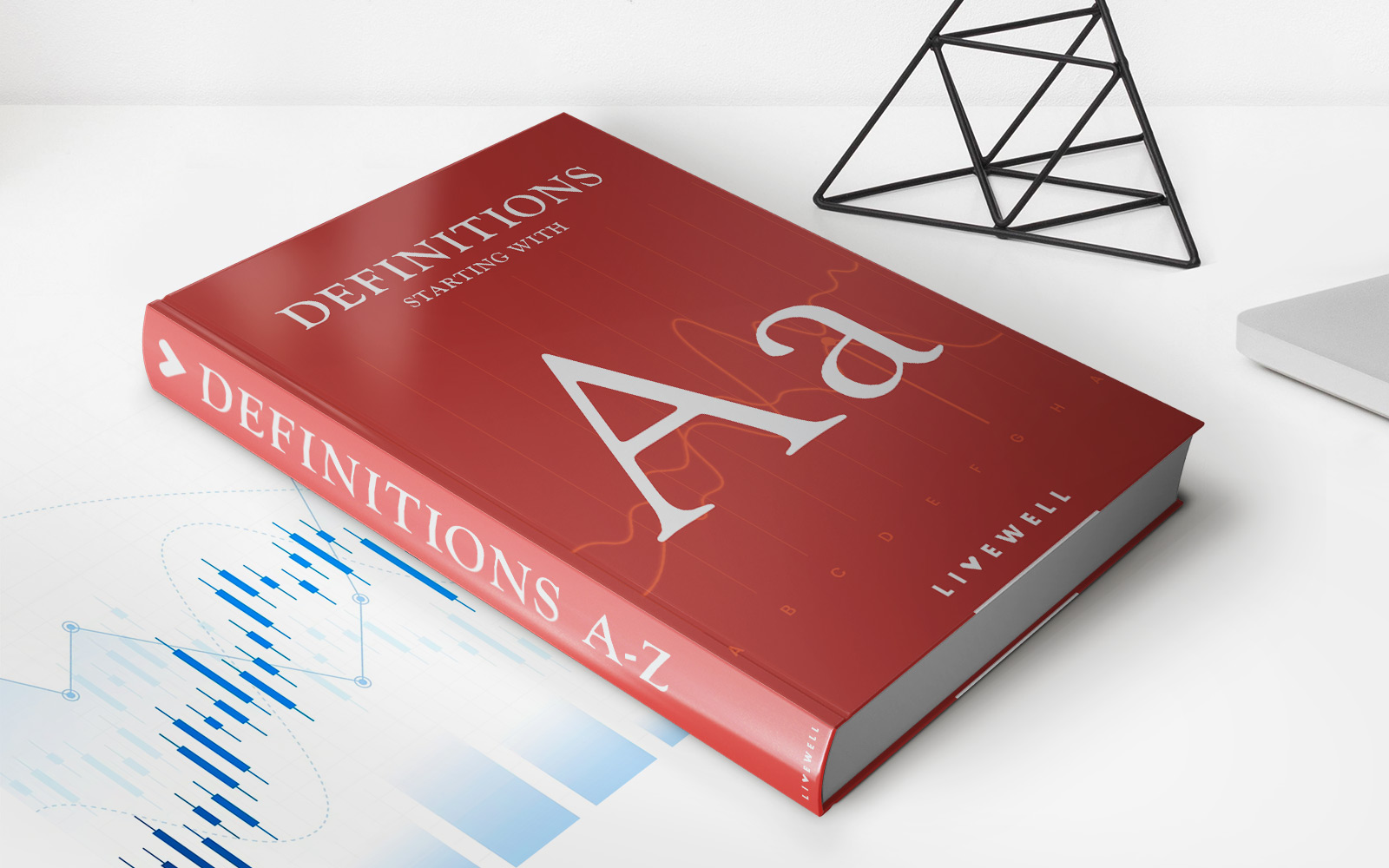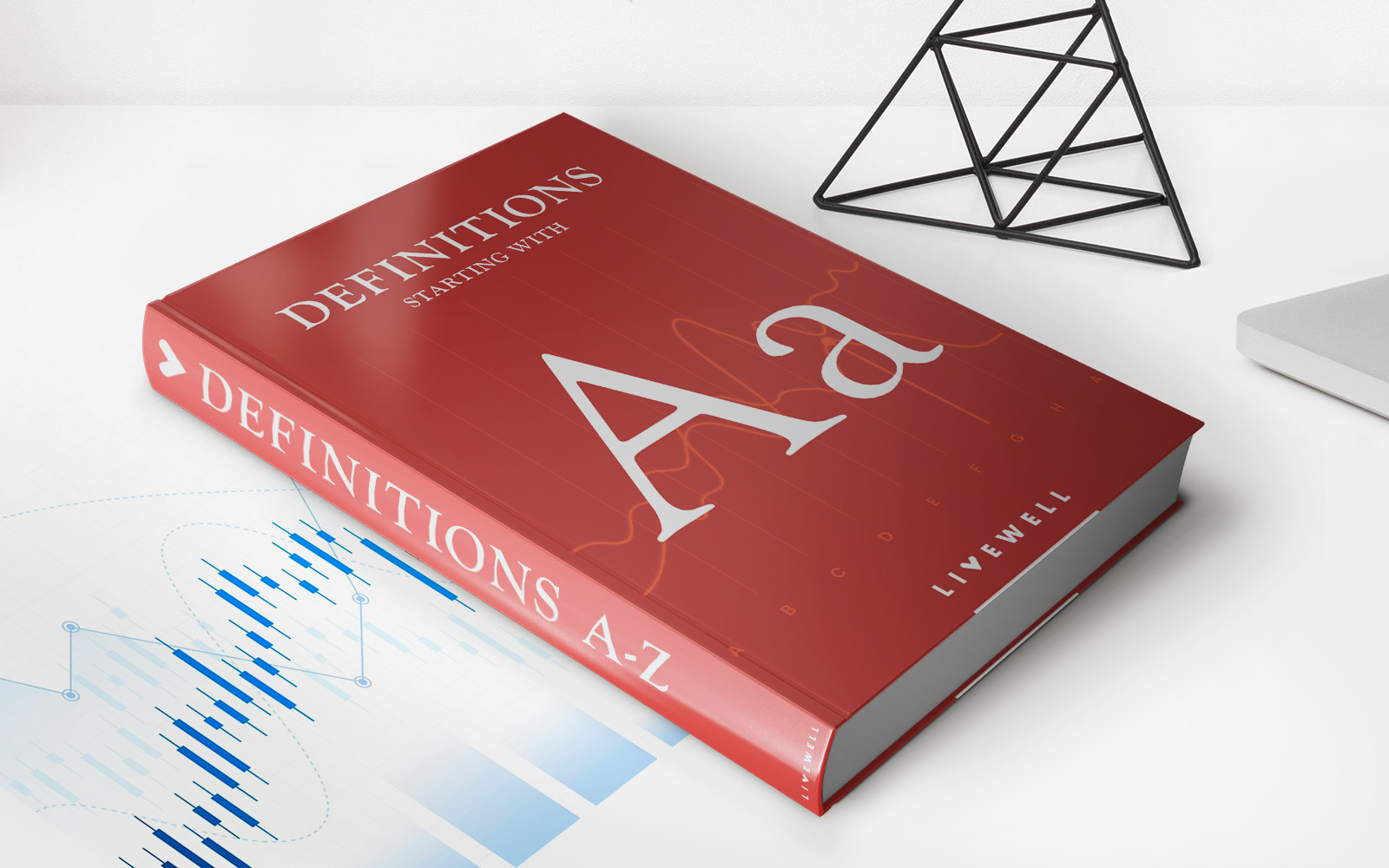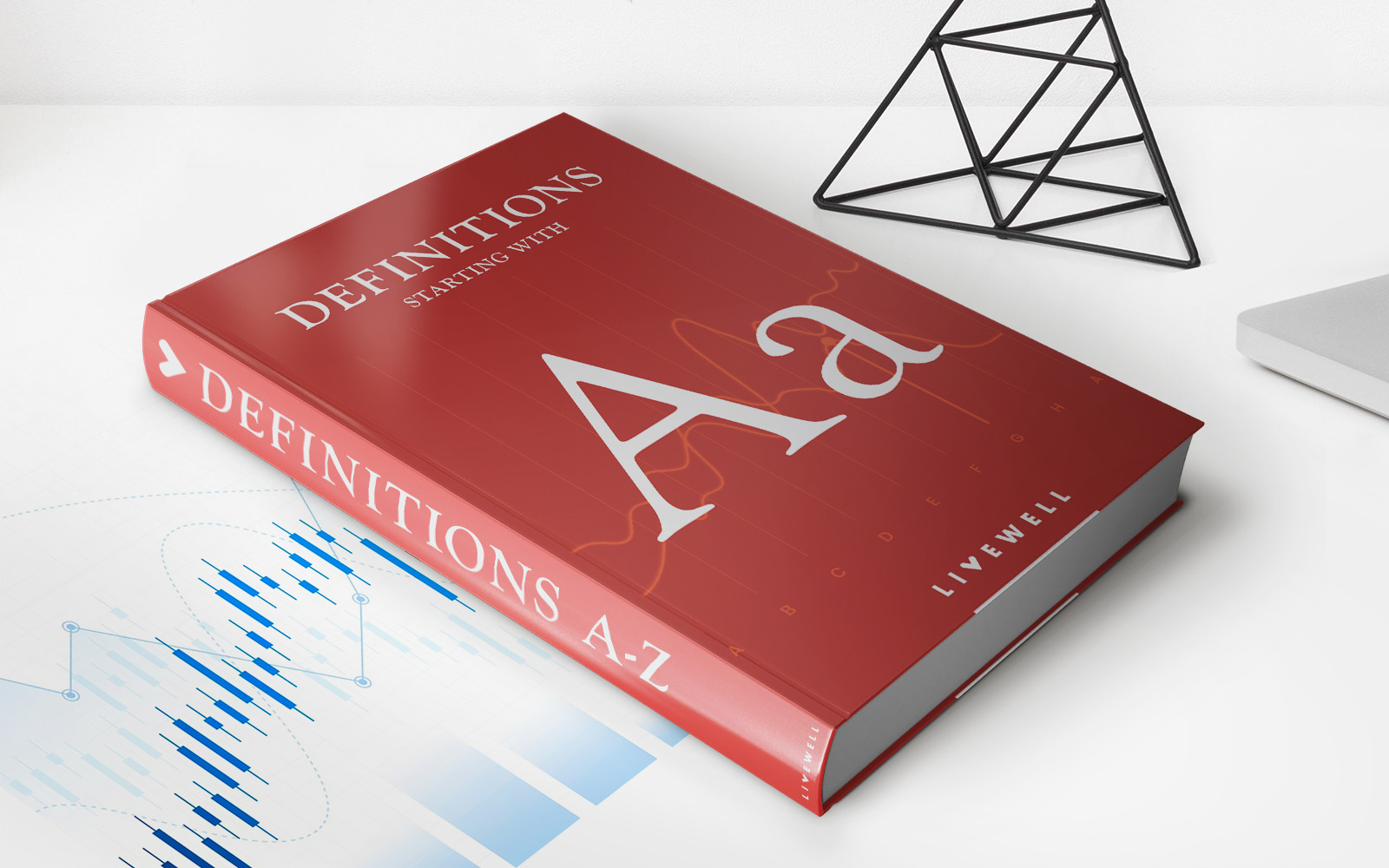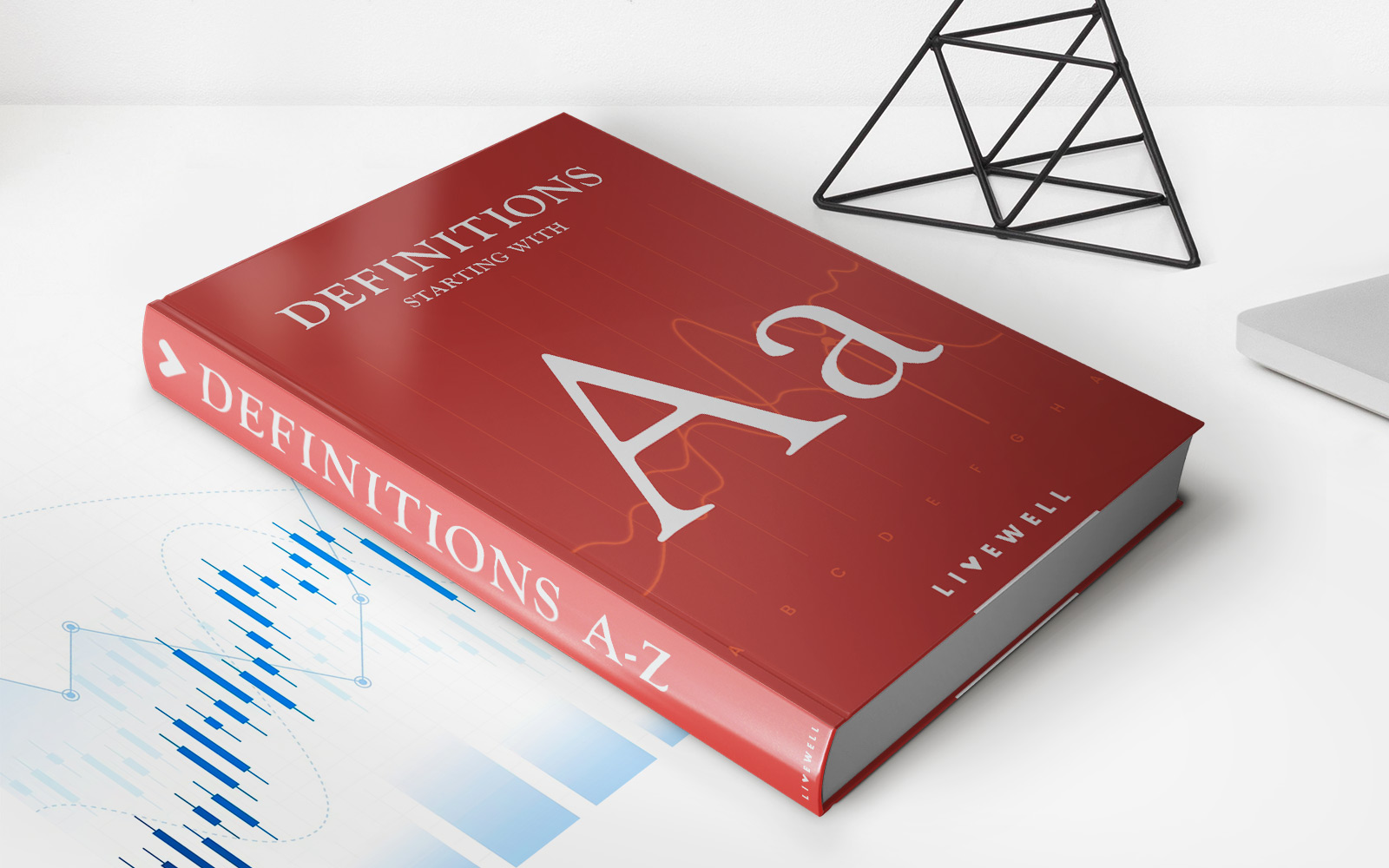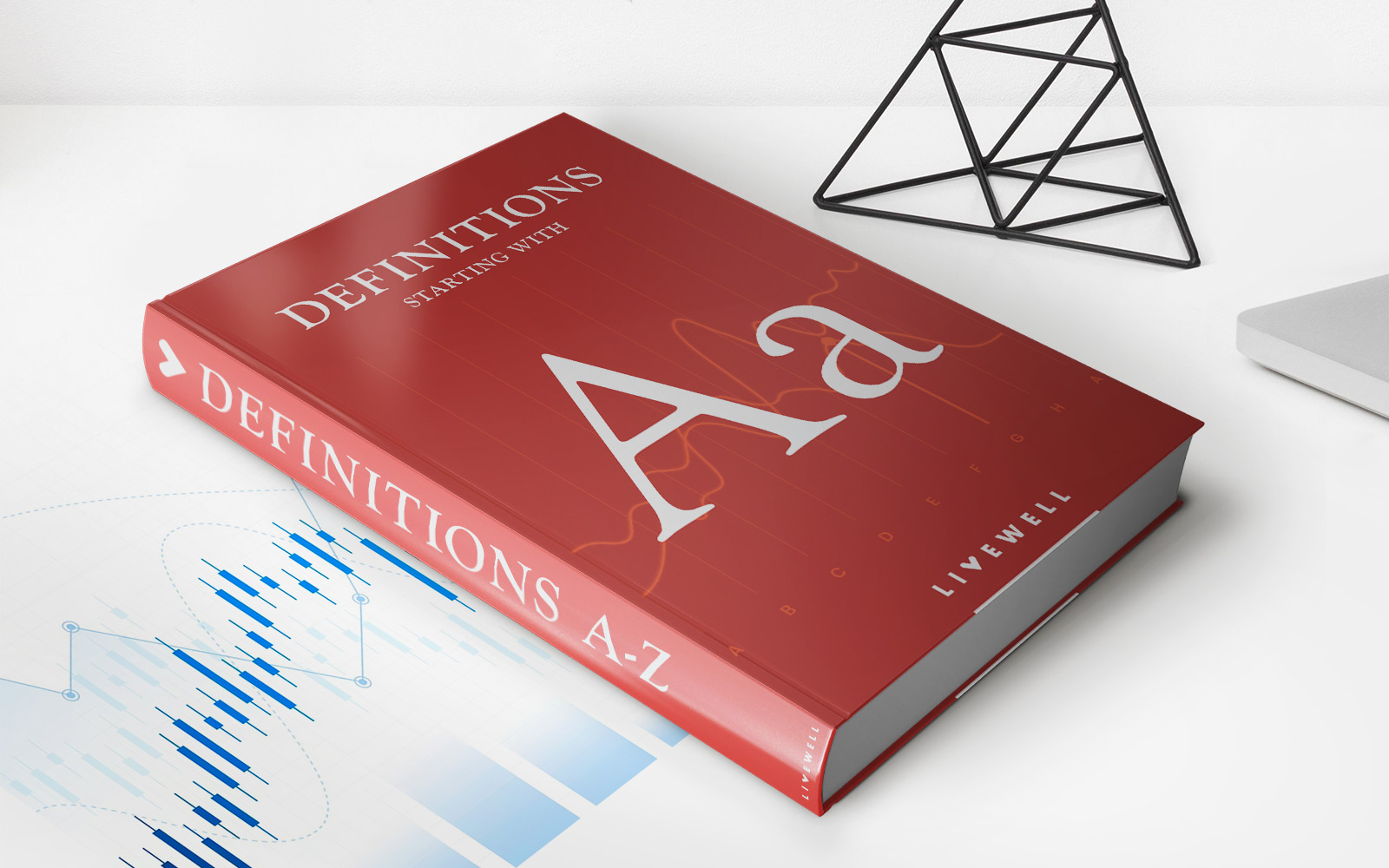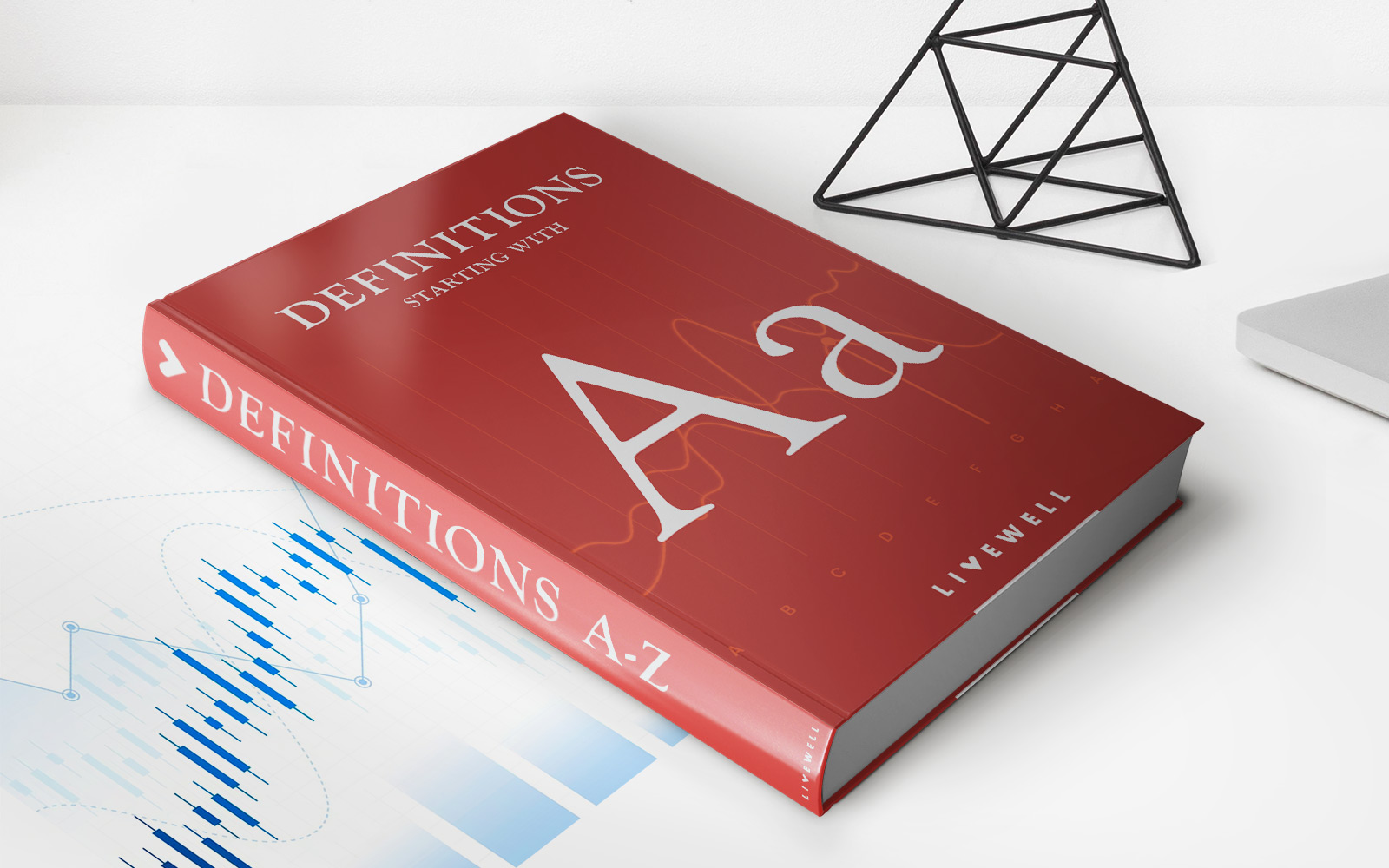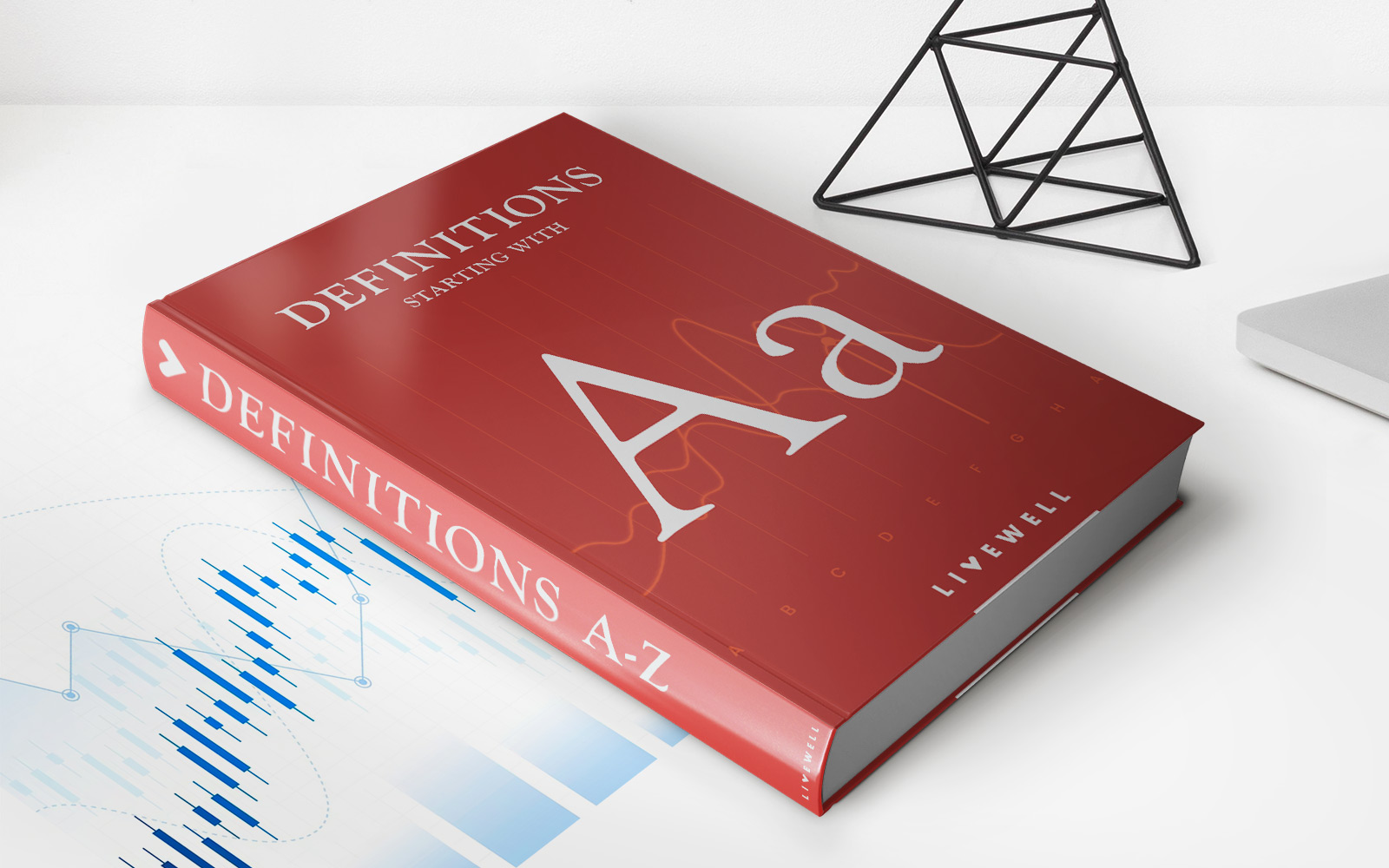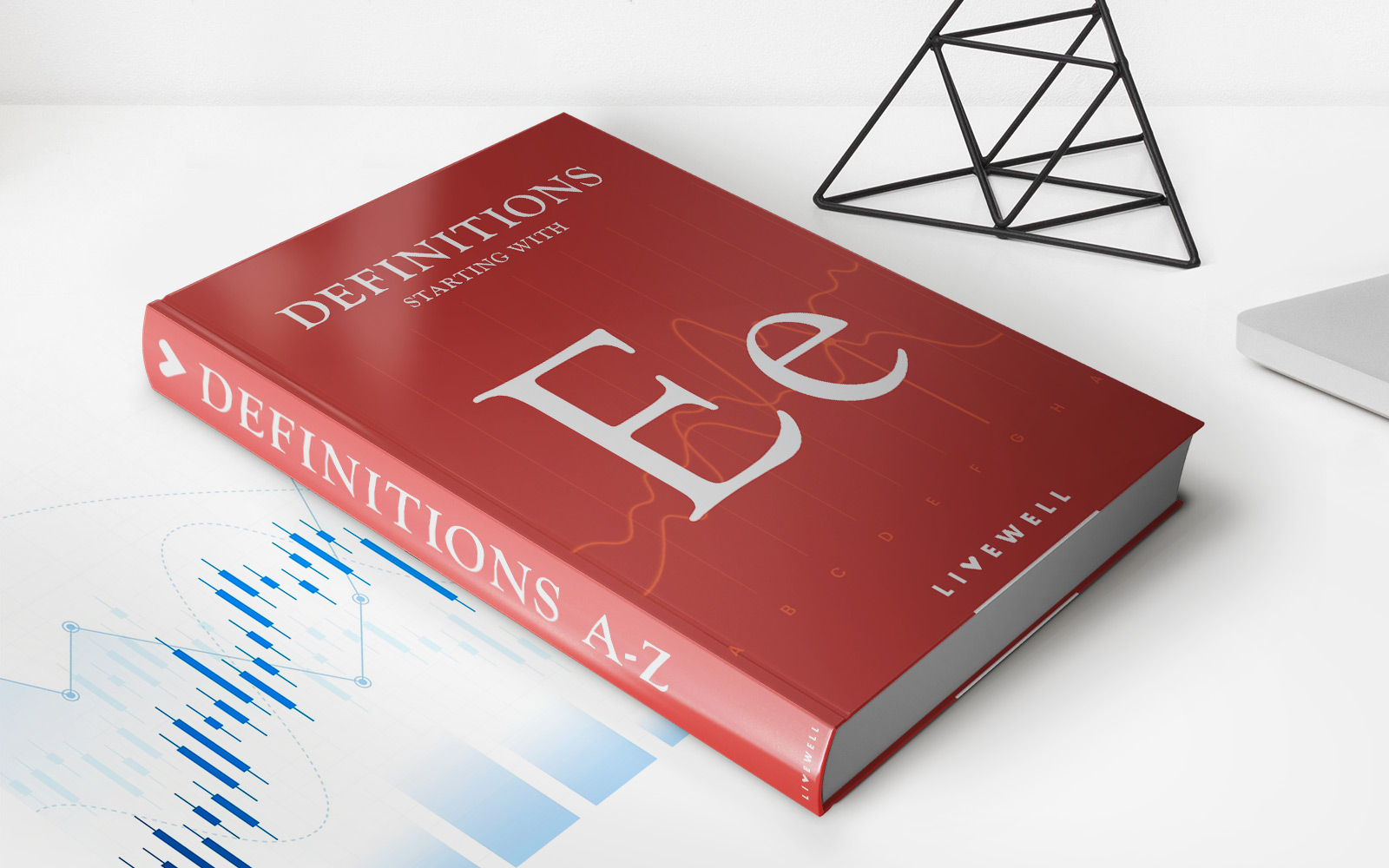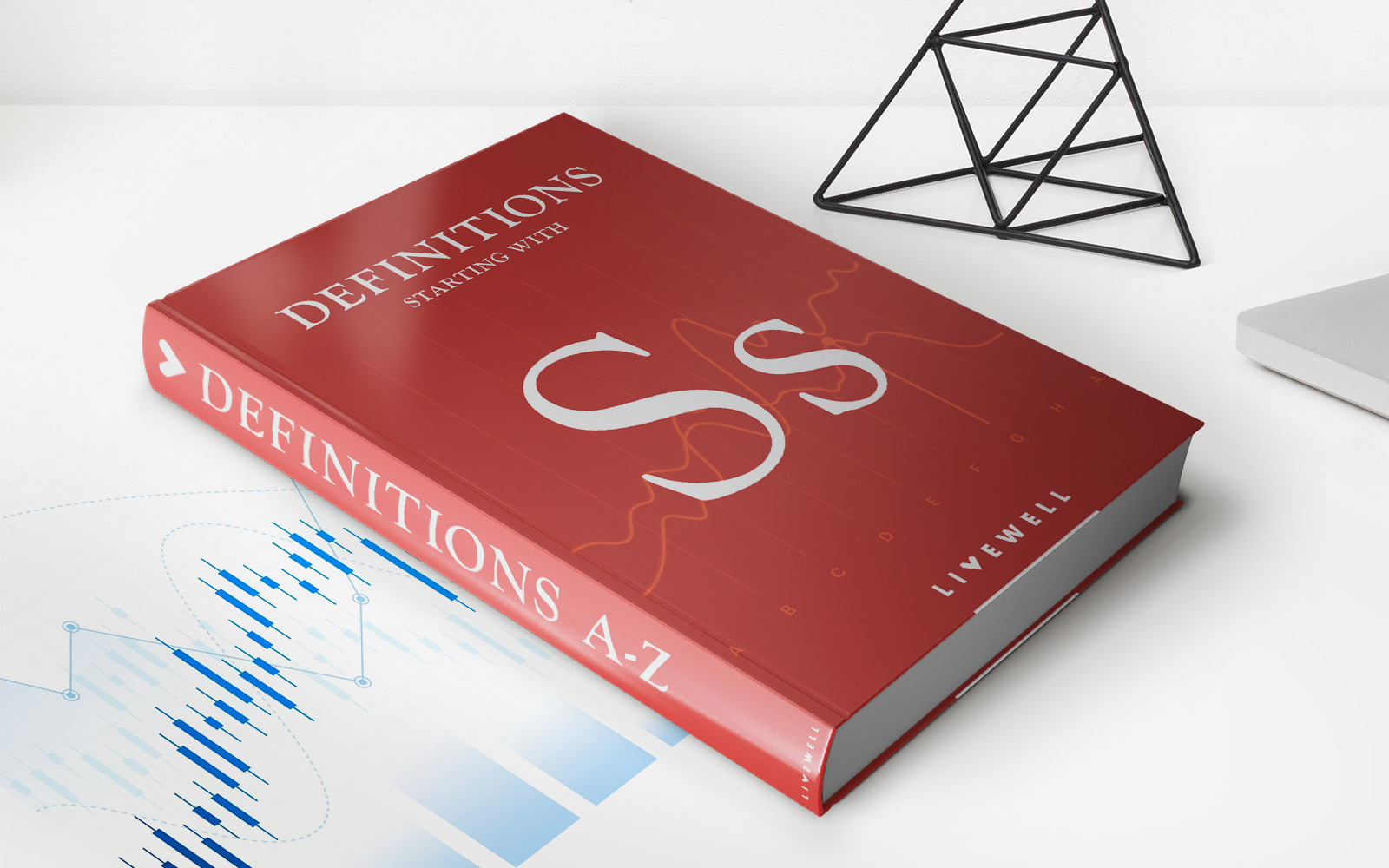

Finance
Hashgraph Consensus Definition
Published: December 4, 2023
Discover how Hashgraph consensus works in the world of finance. Learn the definition and importance of this groundbreaking technology.
(Many of the links in this article redirect to a specific reviewed product. Your purchase of these products through affiliate links helps to generate commission for LiveWell, at no extra cost. Learn more)
Understanding Hashgraph Consensus: Revolutionizing Finance
In the world of finance, the search for a secure and efficient consensus mechanism has been ongoing. Traditional methods, such as banking systems and centralized ledgers, have shown vulnerabilities and limitations. But now, there’s a revolutionary technology called Hashgraph Consensus that is challenging the status quo. In this blog post, we will dive deep into what Hashgraph Consensus is, how it works, and its potential to transform the finance industry.
Key Takeaways:
- Hashgraph Consensus is a cutting-edge distributed ledger technology that offers unparalleled security and efficiency.
- It harnesses the power of gossip about gossip and virtual voting to achieve a consensus algorithm that is fair, fast, and Byzantine fault-tolerant.
What is Hashgraph Consensus?
Hashgraph Consensus is a distributed ledger technology that leverages a unique consensus algorithm to enable secure and efficient transactions. It was developed by Dr. Leemon Baird, a computer scientist, and mathematician, and it has quickly gained attention for its potential to revolutionize various industries, including finance.
At its core, Hashgraph Consensus is a variant of distributed ledger technology known as Directed Acyclic Graph (DAG). Instead of relying on miners or validators, it utilizes a gossip protocol where participants share information with each other. This information exchange enables the creation and maintenance of a consensus order of events.
Unlike other consensus algorithms, such as proof-of-work or proof-of-stake, Hashgraph Consensus does not require extensive computational power or stakeholding. Instead, it utilizes a virtual voting mechanism called “gossip about gossip” to achieve consensus. This approach ensures that every member of the network is involved in the decision-making process, making it more fair and inclusive.
How Does Hashgraph Consensus Work?
The underlying mechanism of Hashgraph Consensus is complex but fascinating. It relies on two fundamental concepts: gossip protocol and virtual voting.
1. Gossip Protocol: In Hashgraph Consensus, each participant gossips information to their peers. This information includes both transactions and the history of gossip received from others. By sharing information in this way, participants collectively build a graph that represents the order and timestamp of events.
2. Virtual Voting: The gossip about gossip allows participants to virtually vote on the order of events based on the information they have received. Each participant collects virtual votes from their peers and combines them to form a consensus order. This process is fast, efficient, and ensures that malicious behavior is detected and prevented.
With these two concepts working in harmony, Hashgraph Consensus achieves a consensus algorithm that is Byzantine fault-tolerant. This means that it can withstand attacks and collusion from multiple malicious nodes, making it extremely secure. It also offers high throughput, allowing for thousands of transactions per second, which is crucial for the finance industry.
The Potential Impact on Finance
The potential impact of Hashgraph Consensus on the finance industry is immense. Here are some ways it could transform finance:
- Increased Security: Hashgraph Consensus provides an unprecedented level of security, making it highly resistant to cyber attacks. This can greatly reduce the risk of fraud and ensure the integrity of financial transactions.
- Improved Efficiency: With its high throughput and fast transaction processing, Hashgraph Consensus has the potential to streamline financial operations. This means faster settlement times, lower fees, and increased efficiency across the board.
- Greater Transparency: The distributed nature of Hashgraph Consensus ensures that all transaction history is transparent and immutable. This transparency can foster trust between financial institutions and their customers and promote a more open and accountable financial system.
In conclusion, Hashgraph Consensus is a groundbreaking technology with the potential to revolutionize the finance industry. Its unique consensus algorithm offers unparalleled security, efficiency, and transparency, making it an attractive choice for financial institutions looking to embrace the future of finance. As more industries recognize the value of this technology, we can expect to see Hashgraph Consensus shaping the future of finance in exciting and transformative ways.
